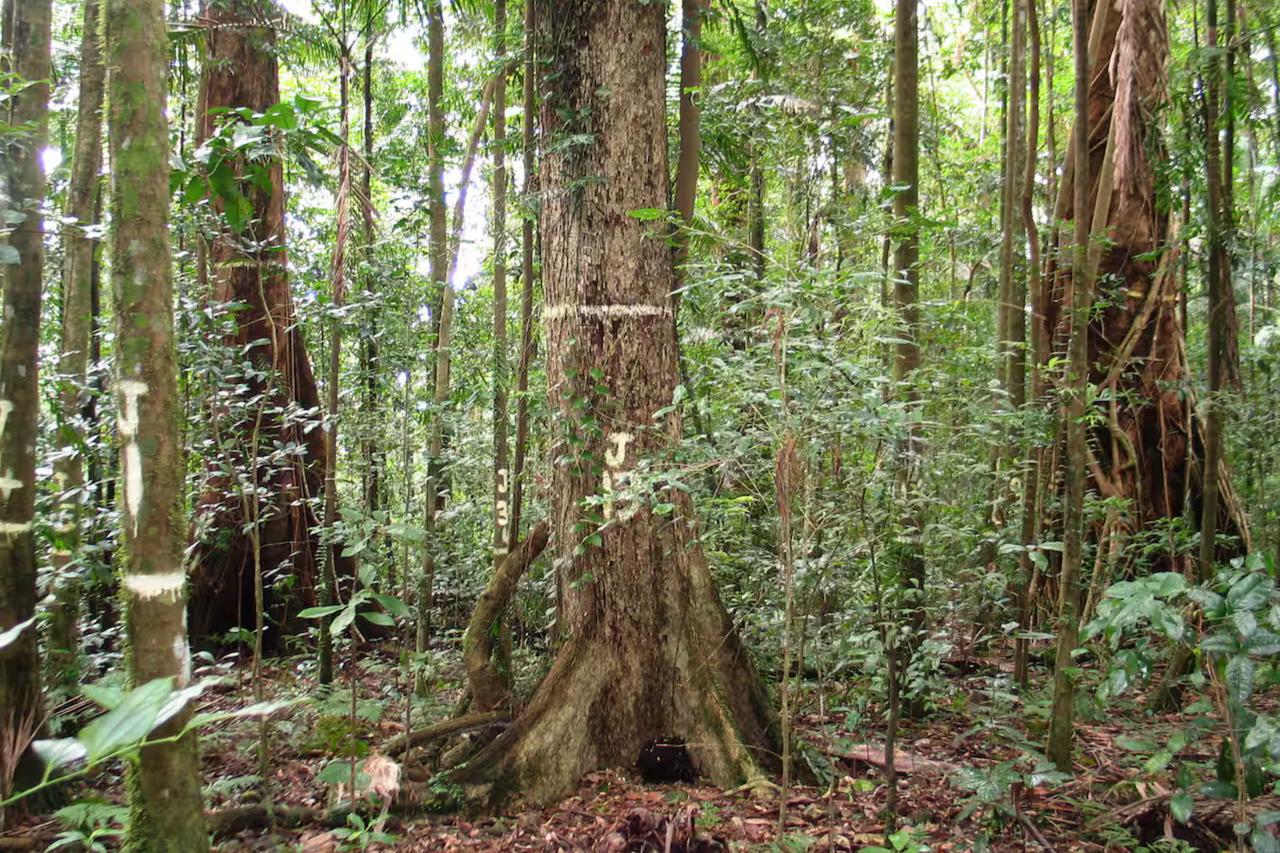
Australia’s tropical forests, long known as vital absorbers of atmospheric carbon, have shifted from being carbon sinks to carbon sources, according to a study published Wednesday in the journal Nature. The research, titled "Aboveground biomass in Australian tropical forests now a net carbon source," found a long-term decline in the ability of woody biomass—the trees and vegetation above the soil—to store carbon.
Scientists detected a continuous decrease in the carbon sink capacity of Australia’s moist tropical rainforests, with the data showing that this shift began around 1998. A linear model places the transition closer to the year 2000. The paper noted that “woody biomass switched from being a carbon sink to a carbon source around the year 2000, notwithstanding some lag in realized emissions due to decomposition of tree necromass.”
Tropical forests act as major natural carbon sinks, capturing carbon dioxide—a key greenhouse gas—from the atmosphere and helping regulate global temperatures. Most Earth system models predict that higher atmospheric CO2 levels should stimulate tree growth and strengthen these forests’ ability to store carbon.
However, the study warns that Australia’s findings may signal a wider global trend. If similar changes occur elsewhere, tropical forests in the Amazon, Africa, and Asia could also lose their capacity to offset emissions, turning from natural protectors into contributors to climate change.
Although Australia’s moist tropical forests cover a relatively limited area, they are among the planet’s densest and most carbon-rich ecosystems. Changes in these forests could foreshadow how larger ones will respond to intensifying climate pressures, including rising temperatures and more frequent cyclones. The authors also highlighted potential implications for other regions vulnerable to tropical storms, such as the Philippines, Madagascar, Central Asia, and Central America.
Rising carbon dioxide concentrations continue to drive global warming, posing one of the most serious threats to the stability of Earth’s climate and, ultimately, to human life.